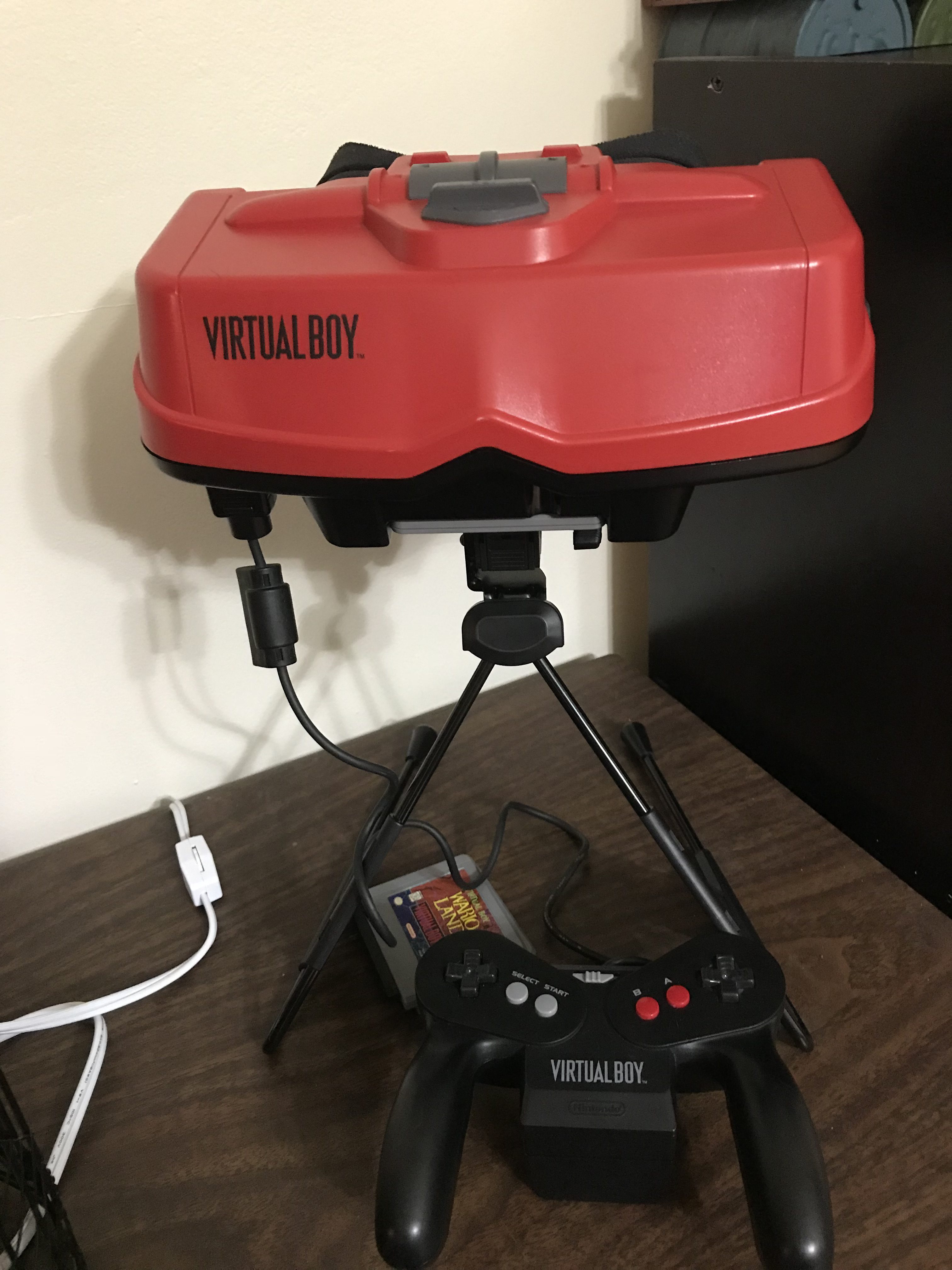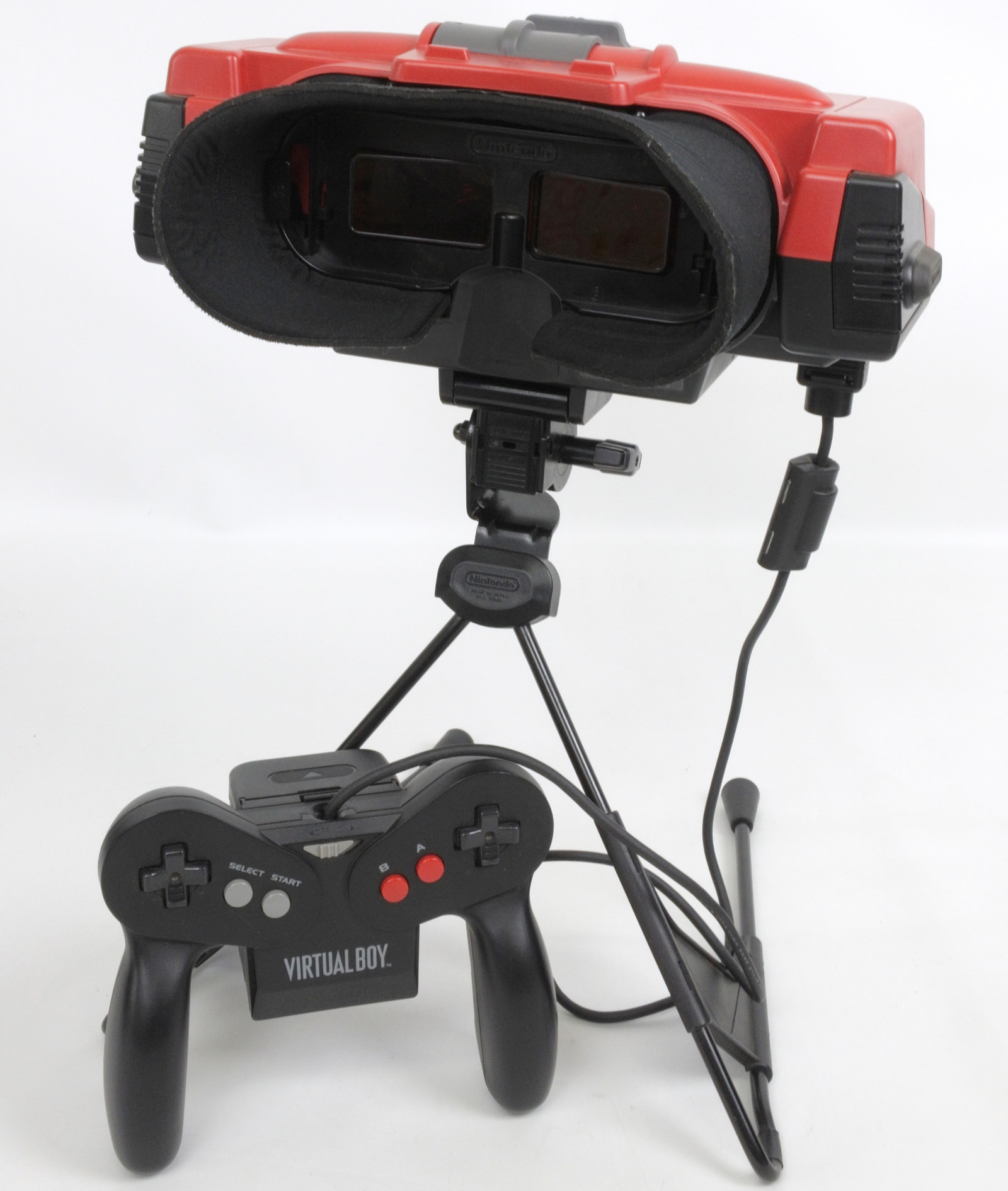


Although most claim he was unceremoniously demoted before his leaving, Yokoi had actually planned to retire after the launch of the system, and its failure had kept him from doing so. Gunpei Yokoi left Nintendo to found his own company after the Virtual Boy was discontinued.

The upcoming Nintendo 64 also dissuaded many who did not wish to pay for two new consoles in such a short span of time. This proved to be painful to the eyes, and Nintendo's many warnings of eye strain to customers dissuaded them from purchasing the console. Unlike the Game Boy, however, which featured shades of gray pixels on a greenish screen, the Virtual Boy uses red LEDs to create images on a background of black. Each eye sees a slightly different image, leading to the perception of a three-dimensional shape.ĭue to cost and the low-quality nature of LCD displays in 1995, it was decided ultimately that the system would not be in color, but in monochrome, like the Game Boy. Instead of a small screen or inputs to a television, the Virtual Boy features a viewfinder that looks into the system, where the images are displayed. The design of the console has been described as mushroom-like, with the red visor sitting atop two small legs crossed at the middle. Whereas the Nintendo 64 would bring Nintendo games into 3D on a 2D screen, the Virtual Boy was said to put the player into the game, to experience it almost firsthand. The Virtual Boy was first unveiled as the "VR32", a next-gen console that would serve alongside the upcoming Nintendo 64. Because of its rarity, the Virtual Boy is regarded as a valuable collector's item despite its reception and reputation. 1.26 million units were shipped worldwide before the system's discontinuation, and of those it is reported that only 777,000 were ever sold.
#Virtual boy full#
Ultimately, the Virtual Boy was poorly received and was a commercial failure, released only in Japan and North America with a full library of only 22 games before its discontinuation in March 1996, less than one year after its release. Designed to bring virtual reality into the home with "true 3D visuals", it consisted of a visor on a pair of spindly legs, and used cartridges that were similar to those of a Game Boy's in size and appearance. The Virtual Boy (Japanese: バーチャルボーイ Virtual Boy) was a video game console designed by Gunpei Yokoi and released by Nintendo on August 14, 1995, intended to be the successor to the Game Boy line.


 0 kommentar(er)
0 kommentar(er)
